Cats, those enigmatic creatures with their own unique personalities, often leave us puzzled with their actions. To the untrained eye, feline behaviors might seem random or purely instinctive. However, for cat enthusiasts, understanding these actions reveals a world of deep emotions. Let’s delve into the ten feline actions that are actually significant emotional moments, highlighting the rich tapestry of feelings our feline friends display.
Purring: The Sound of Contentment
Purring is perhaps the most recognized sound associated with cats. Though often seen as a sign of happiness, purring can indicate a range of emotions. When your cat curls up on your lap and begins to purr, it’s a clear sign of trust and contentment. However, cats also purr when they’re in pain or frightened, using the sound as a self-soothing mechanism. It’s akin to how humans might hum to calm their nerves. Understanding the context of the purr is crucial in deciphering your cat’s true feelings.
Kneading: A Nostalgic Gesture
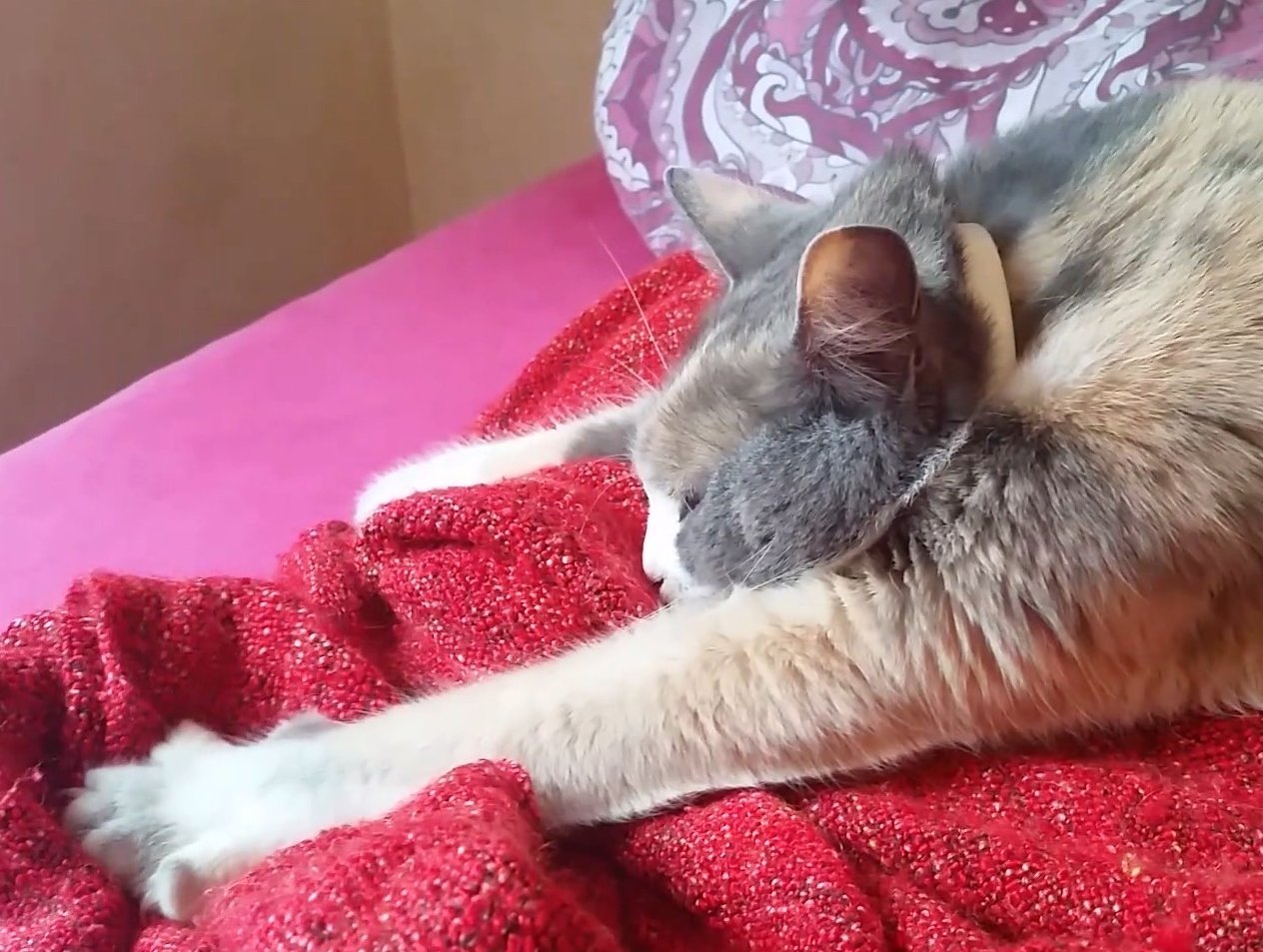
Kneading is when a cat rhythmically pushes its paws against a soft surface, often accompanied by a dreamy look. This action harks back to kittenhood when they kneaded their mother’s belly to stimulate milk flow. When adult cats knead, it’s a comforting behavior that signals relaxation and affection. It’s as if they’re reminiscing about the safety and warmth of their early days. Observing a cat kneading can be a heartwarming reminder of their enduring connection to their past.
Slow Blinking: The Cat’s Kiss
If you’ve ever noticed a cat giving you a slow, deliberate blink, consider it a compliment. This action is often referred to as a “cat kiss.” In the feline world, closing their eyes in your presence signifies trust. Cats are naturally cautious creatures, so choosing to let down their guard is a profound gesture of affection. To reciprocate, try giving a slow blink back; it can strengthen the bond between you and your furry friend.
Twitching Tail: A Tale of Emotions
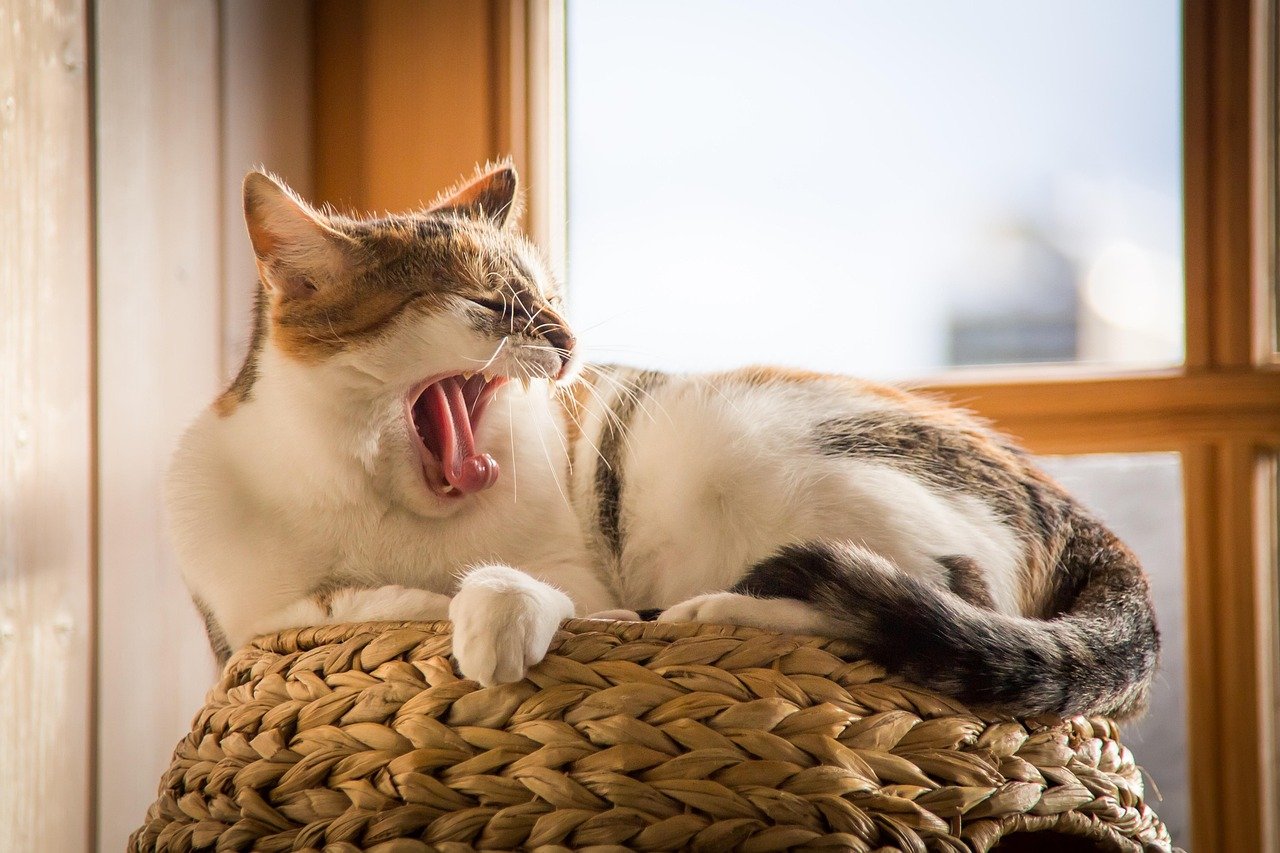
A cat’s tail is a reliable indicator of its emotional state. When a cat’s tail twitches or flicks rapidly, it can signify agitation or excitement. It’s akin to tapping your foot when you’re impatient. On the other hand, a gently swaying tail often indicates curiosity or contemplation. Understanding these subtle differences can help you gauge your cat’s mood and respond accordingly, fostering a more harmonious relationship.
Head Butting: An Affectionate Greeting
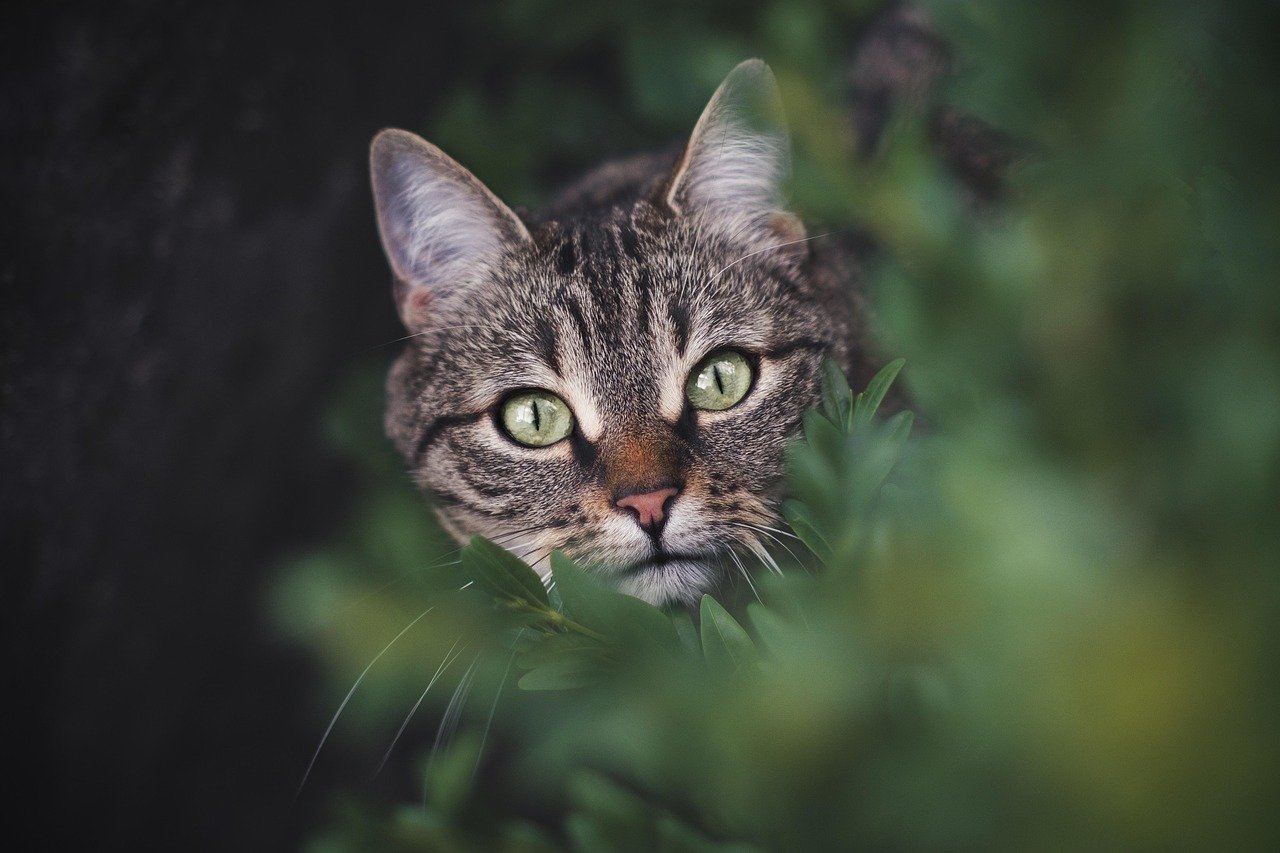
When a cat approaches you and gently bumps its head against you, it’s engaging in a behavior known as bunting. This action is a way for cats to mark you with their scent, thus claiming you as part of their territory. In essence, it’s a profound sign of trust and affection. Much like a human handshake or hug, head butting is a cat’s way of saying, “You’re special to me.”
Grooming: A Sign of Trust
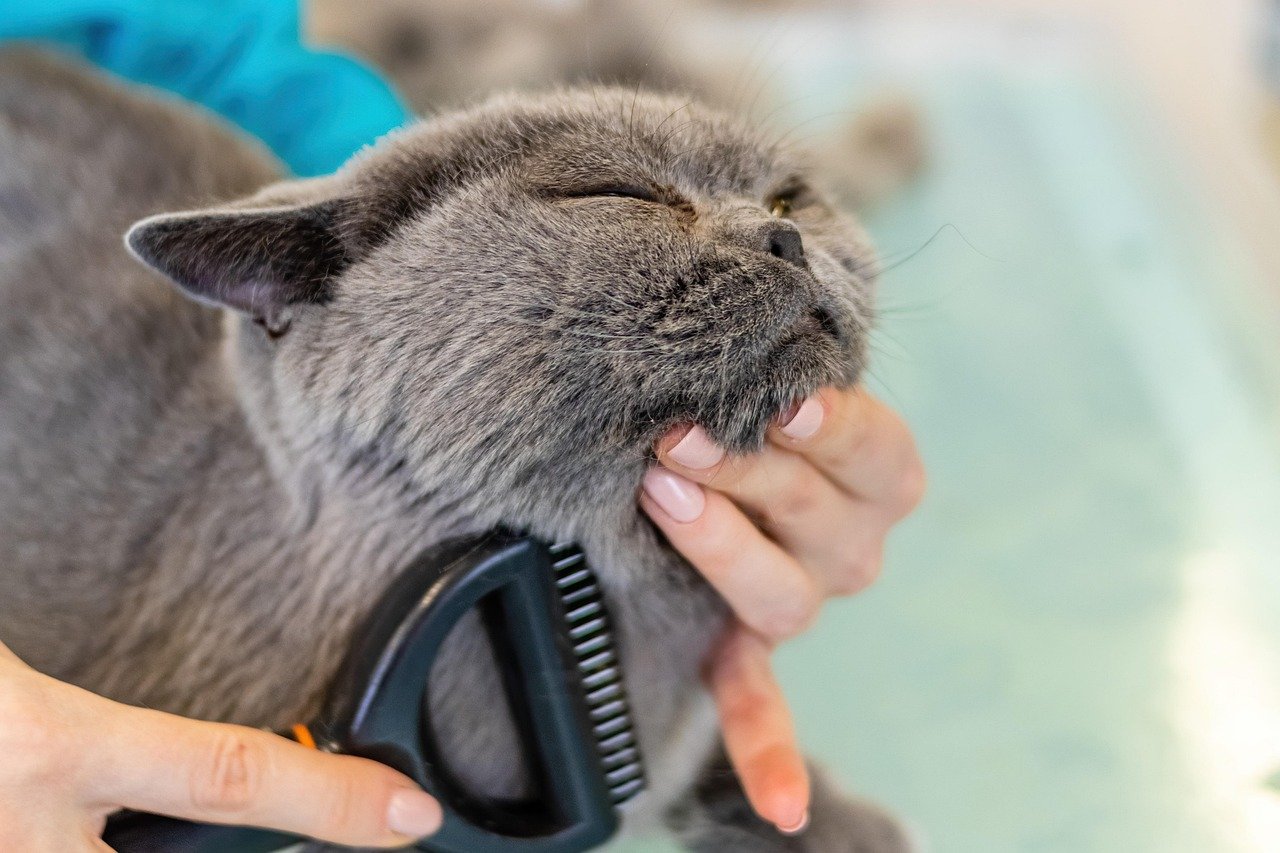
Cats are meticulous groomers, spending a significant portion of their day cleaning themselves. When a cat grooms you, it’s more than just a hygiene ritual. This behavior, known as allogrooming, is a sign of deep trust and affection. It’s comparable to a friend fixing your hair or adjusting your tie. By grooming you, your cat is indicating that it considers you part of its family.
Chirping: The Call of Curiosity
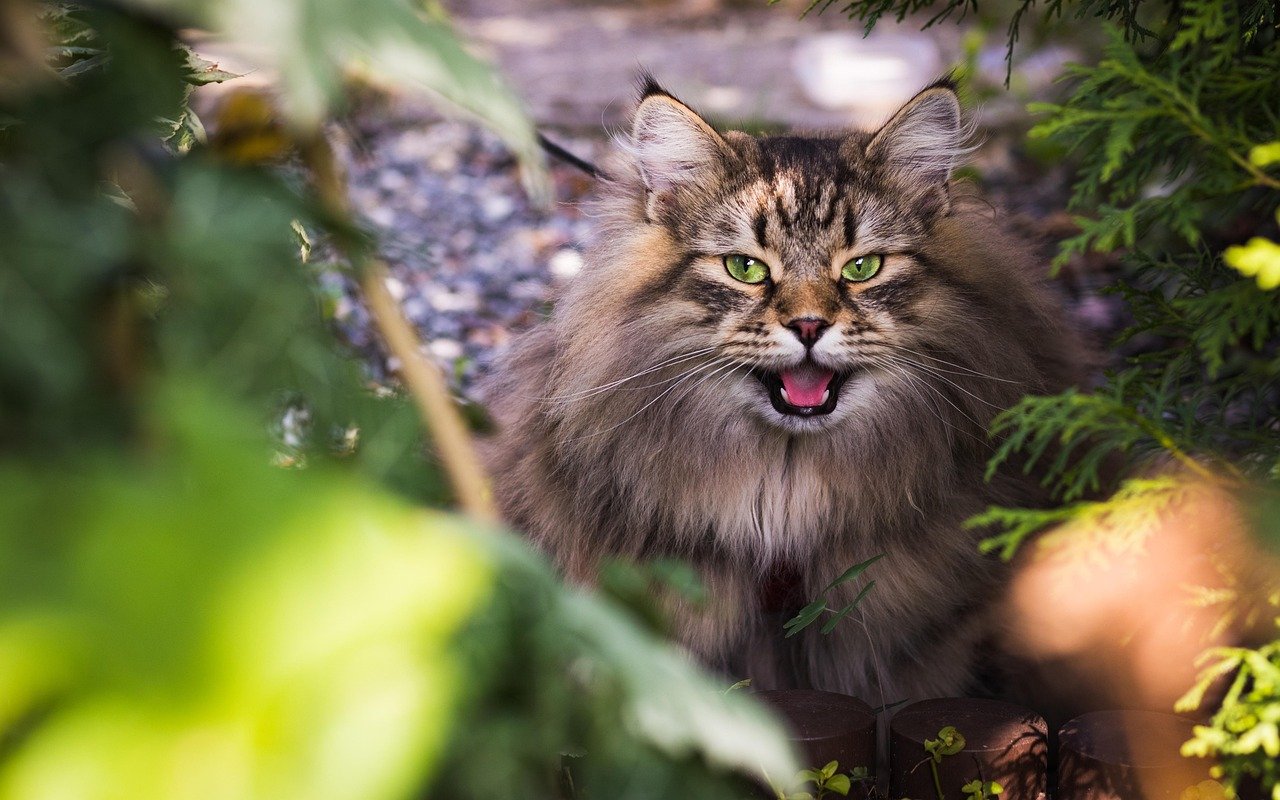
Chirping is a unique sound that cats often make when observing birds or other prey through a window. This vocalization is a mix of excitement and frustration, as they can’t reach what they see. It’s as if they’re trying to communicate with their potential prey, or perhaps with you, about their hunting aspirations. This behavior highlights a cat’s natural instincts and their complex emotional world.
Rolling Over: A Vulnerable Invitation
When a cat rolls onto its back and exposes its belly, it’s offering a gesture of trust and vulnerability. Unlike dogs, who might enjoy a belly rub, cats are more selective about showing their underside. This action is a significant emotional moment, indicating that your cat feels safe and secure in your presence. It’s a silent invitation to engage, but always approach with caution, as not all cats enjoy belly rubs.
Staring: A Deep Connection
A cat’s stare can be intense and unwavering, often leaving owners wondering what their feline friend is thinking. In the animal kingdom, direct eye contact can be perceived as a threat, but in the comfort of your home, it can signify curiosity or affection. When a cat fixes its gaze on you, it might be trying to understand you better or simply admiring you. It’s a reminder of the deep connection between humans and cats.
Meowing: A Personal Dialogue
Cats primarily communicate with humans through meowing, a behavior that’s rarely used among themselves. Each meow has its own distinct tone and purpose, whether it’s a plea for food, a greeting, or a demand for attention. Understanding the nuances of your cat’s meows can offer insights into their emotional state and needs. It’s like having a personal dialogue, where each sound carries a wealth of meaning.
Playful Pouncing: A Joyful Expression
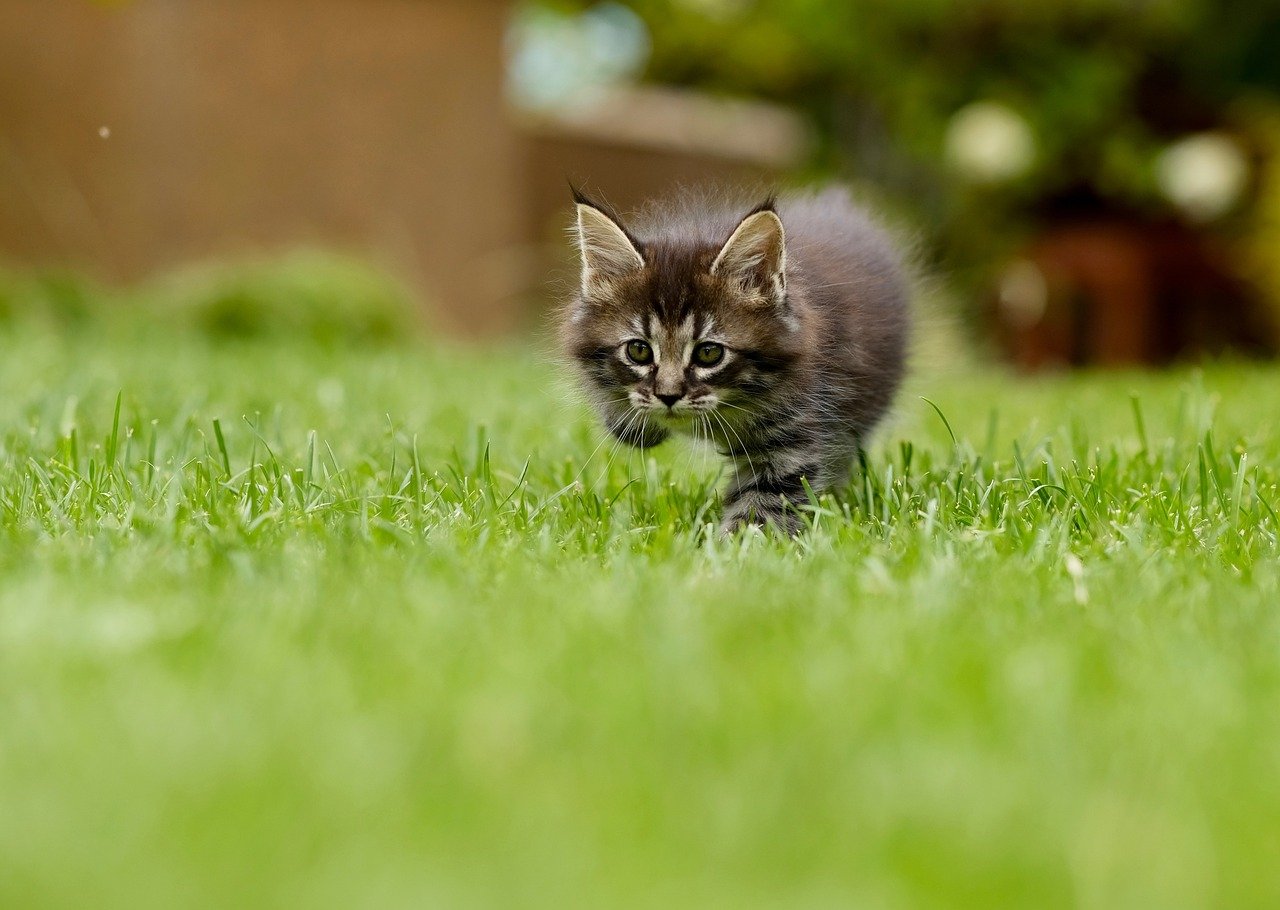
When a cat playfully pounces, especially on toys or even your feet, it’s a display of joy and natural hunting instincts. This behavior is a blend of training and entertainment, as cats hone their skills while having fun. Watching a cat pounce can be a delightful experience, showcasing their agility and playful nature. It’s a reminder of the wild ancestry that still resides within domestic cats.
Scratching: More Than Just a Habit
While scratching might seem destructive, it’s an essential behavior for cats. It’s their way of marking territory, stretching muscles, and sharpening claws. When a cat scratches, it’s expressing itself and leaving its scent behind. Providing appropriate outlets for this behavior can prevent damage to furniture and deepen your understanding of your cat’s needs. It’s a harmonious balance between instinct and domestic life.
Rubbing Against Objects: A Mark of Ownership

When a cat rubs against furniture or even your legs, it’s depositing pheromones from scent glands located on its face. This behavior is a way of marking territory and expressing comfort in its environment. It’s a subtle yet profound gesture of ownership and familiarity. Recognizing this action can enhance your appreciation for your cat’s complex social dynamics.
Yowling: An Intense Expression
Yowling is a loud, drawn-out vocalization that can signify various emotions, from loneliness to territorial disputes. It’s a more intense form of communication than meowing, often used to grab attention. Understanding the context of a yowl can help address your cat’s needs, whether it’s seeking companionship or warning off intruders. It’s a window into the deeper layers of feline emotions.
Hiding: A Moment of Reflection
Cats are known for their love of cozy hiding spots, whether it’s under a bed or inside a box. While hiding can be a sign of fear or stress, it can also indicate a need for solitude and reflection. Much like humans retreating to a quiet space to think, cats use these moments to recharge. Recognizing when your cat needs space can foster a more understanding relationship.
High-Pitched Trilling: A Warm Greeting
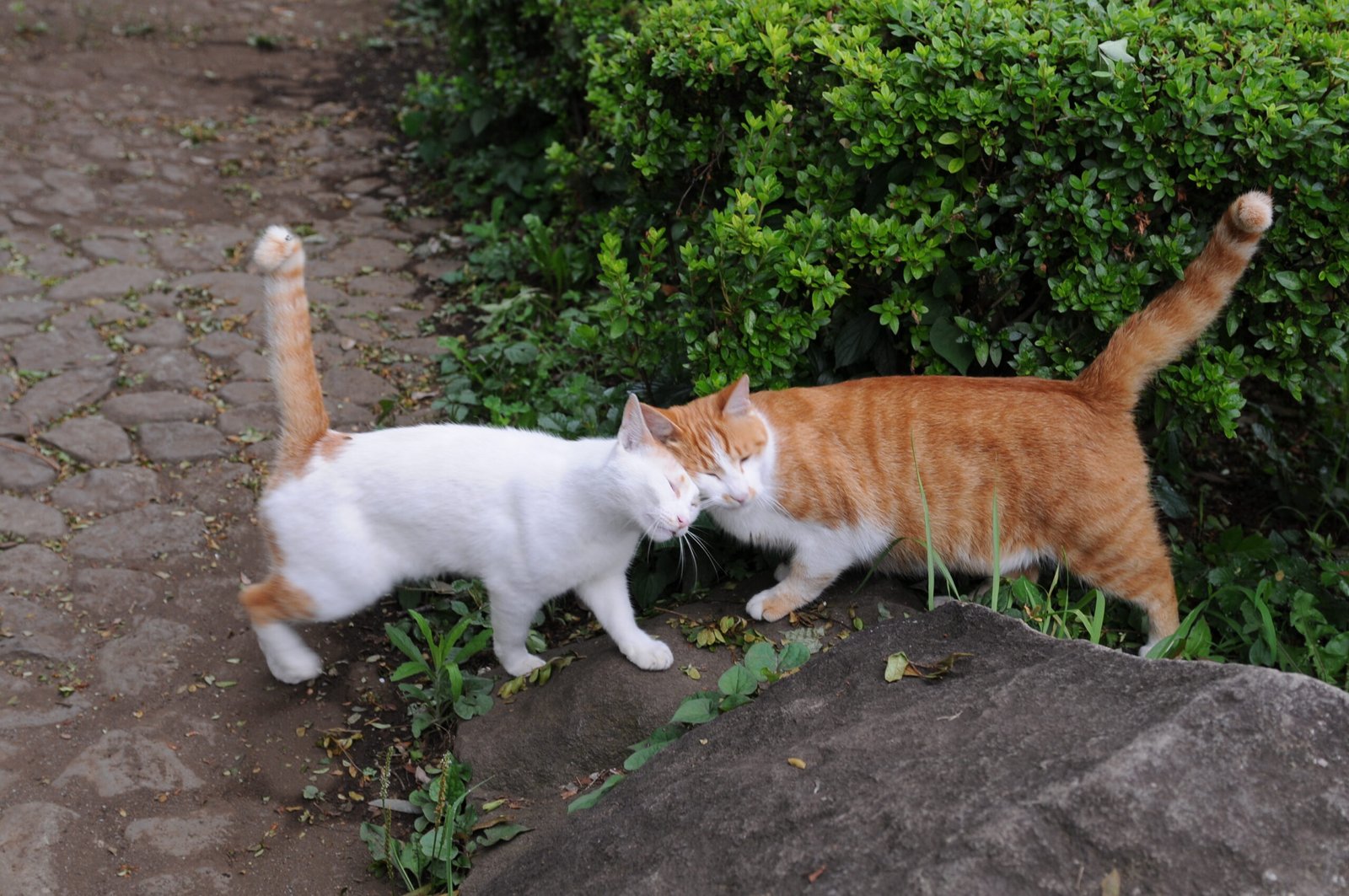
Trilling is a sweet, high-pitched sound that cats often use to greet their owners or other cats. It’s a sound of excitement and warmth, similar to the way humans might say “hello” with enthusiasm. When your cat trills, it’s expressing happiness at seeing you or engaging with its environment. This behavior is a delightful reminder of the joy cats bring into our lives.
Chattering: A Mix of Frustration and Excitement
Chattering is a rapid, repetitive sound that cats often make when observing prey they can’t reach, like birds outside a window. It’s a mix of excitement, frustration, and anticipation, reflecting their natural hunting instincts. This action showcases the complexity of feline emotions, blending instinctual drive with environmental constraints. It’s a testament to the rich inner world of cats.
Tail Tucking: A Sign of Submission
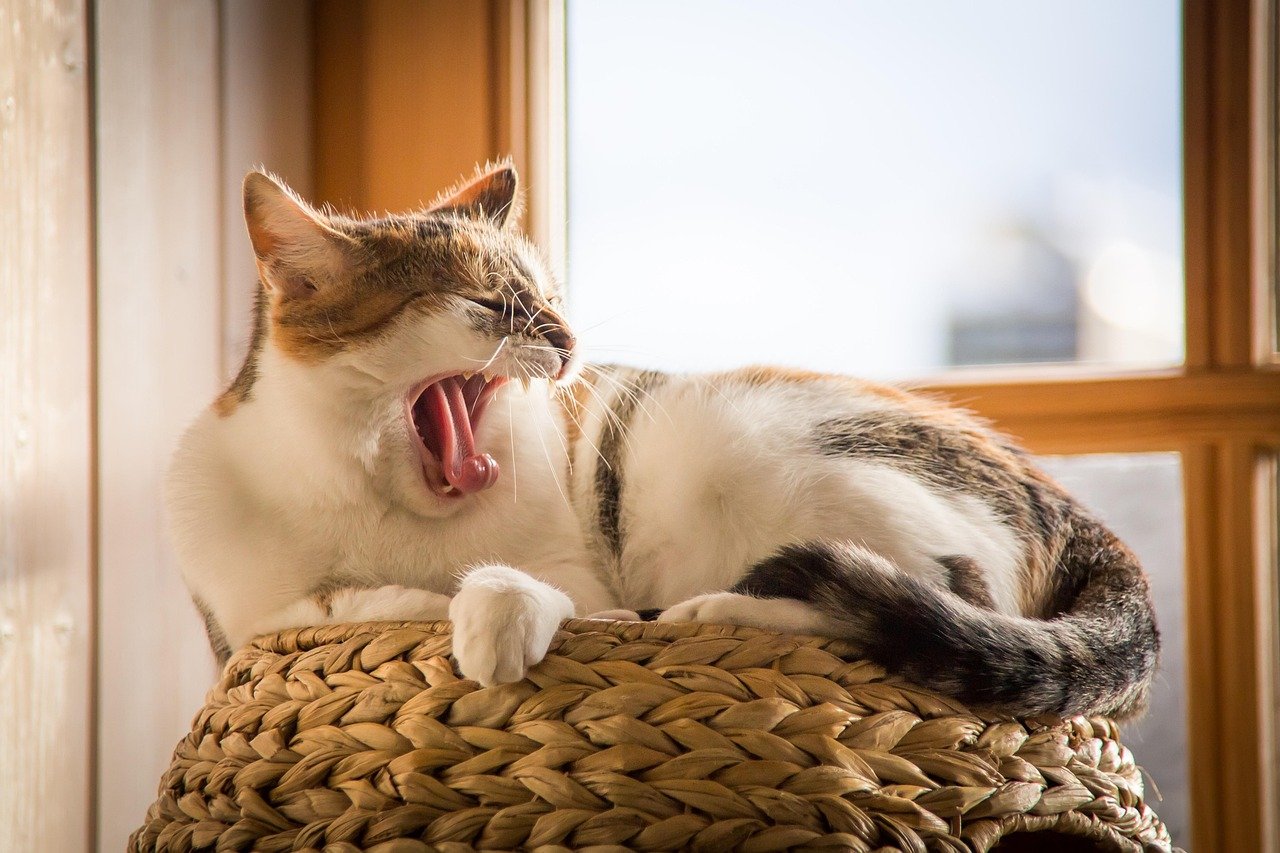
When a cat tucks its tail between its legs, it’s displaying submission or fear. This behavior is a protective measure, signaling vulnerability or discomfort. Understanding the context of tail tucking can help identify stressors in your cat’s environment and address them. It’s a reminder of the delicate balance between a cat’s instinctual responses and its need for safety.
Arching Back: A Defensive Posture
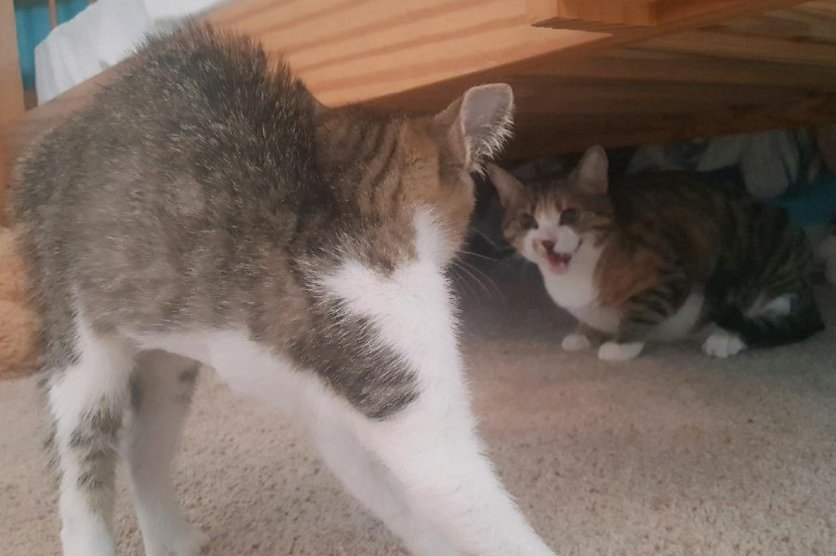
An arched back, often accompanied by fluffed fur, is a classic defensive posture for cats. It’s a way of making themselves appear larger to deter threats. While it might look intimidating, this action is rooted in fear or surprise. Recognizing this behavior can help address potential stressors and create a more secure environment for your cat. It’s a glimpse into the primal instincts that still influence feline behavior.
Snuggling: A Moment of Pure Love

When a cat chooses to snuggle up to you, it’s offering a profound gesture of love and trust. Snuggling is a way for cats to seek warmth and comfort, indicating their attachment to you. It’s a moment of pure affection, where barriers dissolve, and the bond between human and feline is strengthened. Cherishing these moments can deepen your connection and appreciation for your furry companion.
Hi, I’m Bola, a passionate writer and creative strategist with a knack for crafting compelling content that educates, inspires, and connects. Over the years, I’ve honed my skills across various writing fields, including content creation, copywriting, online course development, and video scriptwriting.
When I’m not at my desk, you’ll find me exploring new ideas, reading books, or brainstorming creative ways to solve challenges. I believe that words have the power to transform, and I’m here to help you leverage that power for success.
Thanks for stopping by, Keep coming to this website to checkout new articles form me. You’d always love it!






